While LGBTQ2S+ history goes back millenia, our records of it tend to focus on urban experiences, leading us to believe that rural queers didn’t exist. They did. But without the critical mass to create institutions like bars, associations and clubs—or the freedom granted by the anonymity of city living—they tended to be discreet about their lives, making it harder for us to see them across time.
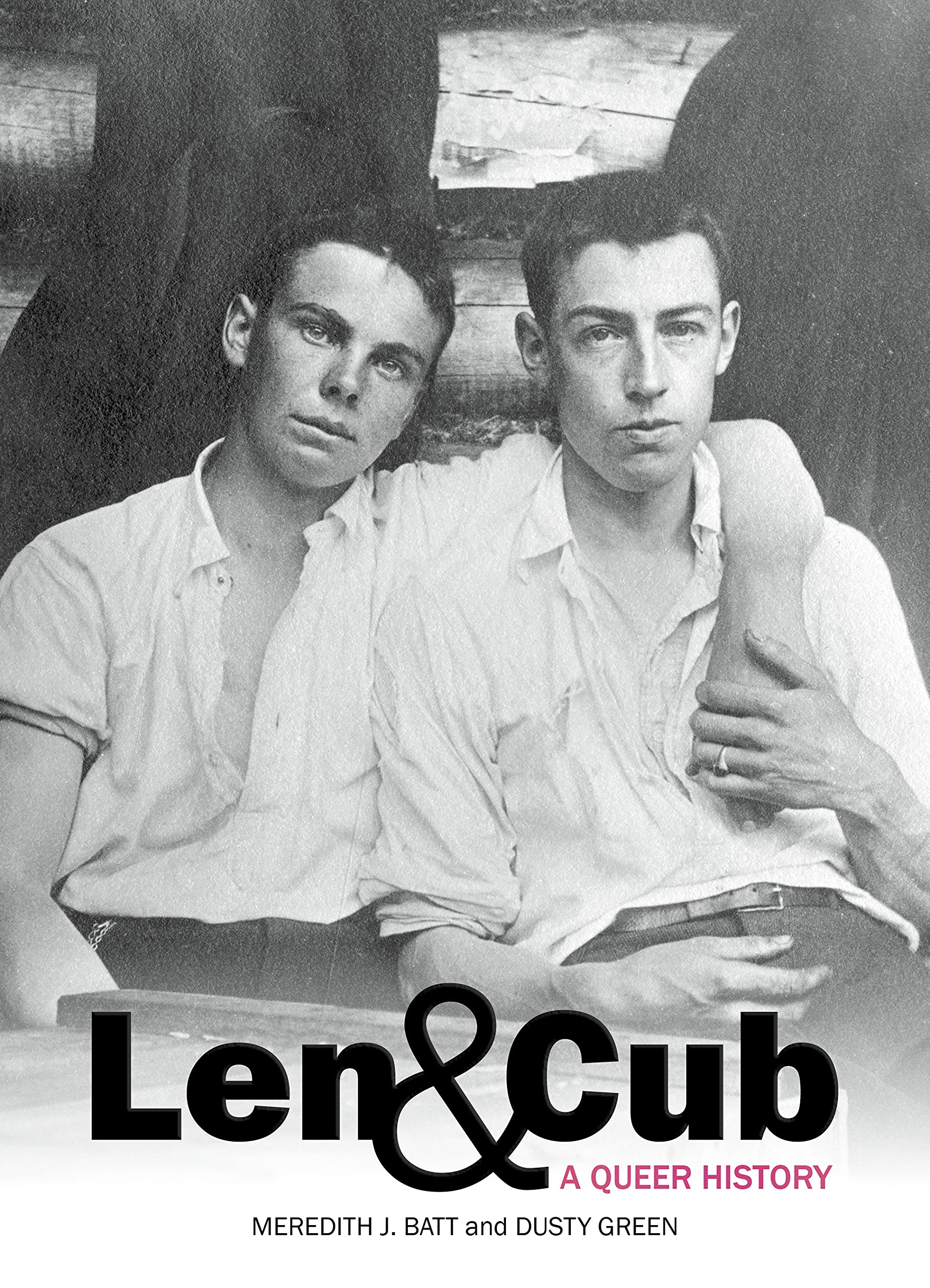
Credit: Provincial Archives of New Brunswick/Goose Lane Editions
We would probably never know about Len and Cub, a queer couple living in rural New Brunswick in the early 20th century, if it wasn’t for the self-timing camera. Self-timers started to become more widely available in Canada around 1917, just in time for Leonard “Len” Olive Keith to use it to document the halcyon days of his relationship with Joseph Austin “Cub” Coates.
Born Dec. 14, 1891, Len was eight years older than Cub—their families were neighbours in a rural area about 50 kilometres west of Moncton, a 40-minute drive nowadays. Len’s family owned a match factory and grist mill, and their prosperity is probably why the family could afford a camera with a self-timer in the first place. In 1911, Len’s father became the first person in his village to own a car. Then seen as a “rich man’s plaything,” the vehicle provided Len with more mobility and freedom than his peers; he’d take Cub out for rides.
In their new book Len & Cub: A Queer History, Meredith J. Batt and Dusty Green use Len’s photos as a window onto the lives of the two men and what it would have been like for them in the context of their time. Batt and Green are co-founders of the Queer Heritage Initiative of New Brunswick, which is dedicated to collecting and preserving the records of LGBTQ2S+ history in the province, including conducting oral history interviews. In this excerpt, they write about who the men were and how they might have thought about themselves.
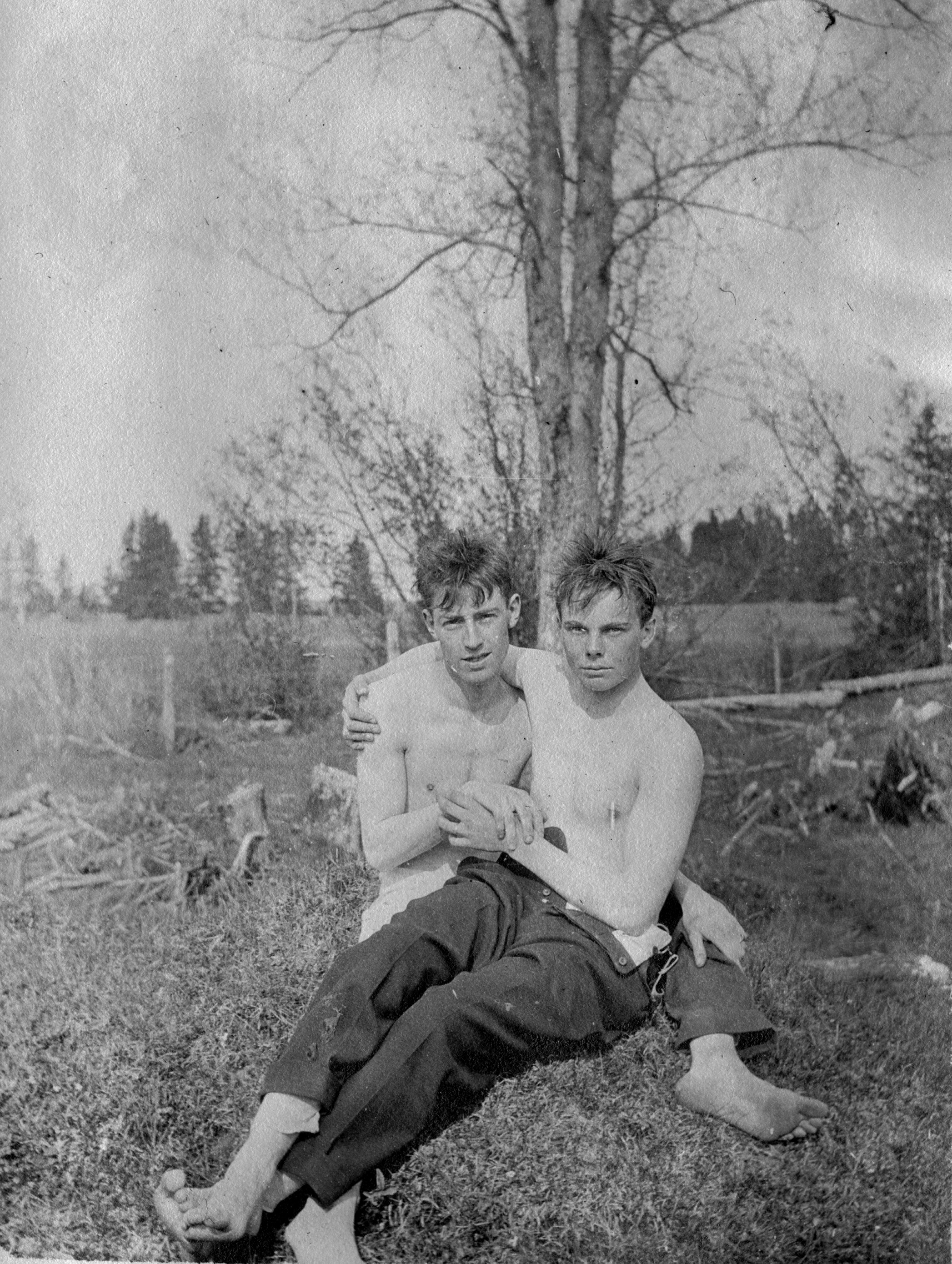
Credit: Provincial Archives of New Brunswick
Leonard Olive Keith and Joseph Austin “Cub” Coates were both born in the rural community of Butternut Ridge (known today as Havelock), New Brunswick, at the end of the 19th century.
Len was an amateur photographer and automobile enthusiast who went on to own a local garage and pool hall after serving in the First World War. Cub was the son of a farmer, a veteran of the First and Second World Wars, a butcher, a contractor and a lover of horses. The two were neighbours and developed a close and intimate relationship with each other. Len and Cub’s time together is documented by the many photos taken by Len showing that the two shared a mutual love of the outdoors, animals, alcohol and adventure. As many amateur photographers do, Len photographed what was important to him, and Cub’s prevalence among the hundreds of photos is striking and impossible to ignore. The photos taken in the 1910s and 1920s show the development of their relationship as Len and Cub explore the wilderness of Havelock and spend time alone together. Unfortunately, these adventures would cease when Len was outed as a homosexual by community members in the early 1930s and forced to leave Havelock.
Cub, however, remained seemingly untainted by scandal and stayed in Havelock until 1940, when he married Rita Cameron, a nurse born in Chatham, and relocated to Moncton after the Second World War. He would go on to become a prominent figure in New Brunswick’s harness racing circles before his death in 1965. Len never returned to Havelock, residing near Montreal before succumbing to cancer in 1950. Len’s photos were donated to the Provincial Archives of New Brunswick decades after his death by Havelock resident and local historian, John Corey, who had purchased the albums at the Keith family’s estate sale in 1984. Growing up, John heard stories of Len and Cub from his father, Roy Manford Corey, who had been a classmate of Len’s. When John donated the albums [to the Provincial Archives of New Brunswick] in 2011, he described the pair as “boyfriends”—a term noted by the archivist in the collection’s finding aid. The archivist also noted, after a conversation with John, that Len had been “driven out of town for being a homosexual” by a group of Havelock men. This anecdote is written on an envelope containing a photo of one of the men responsible for Len’s outing.
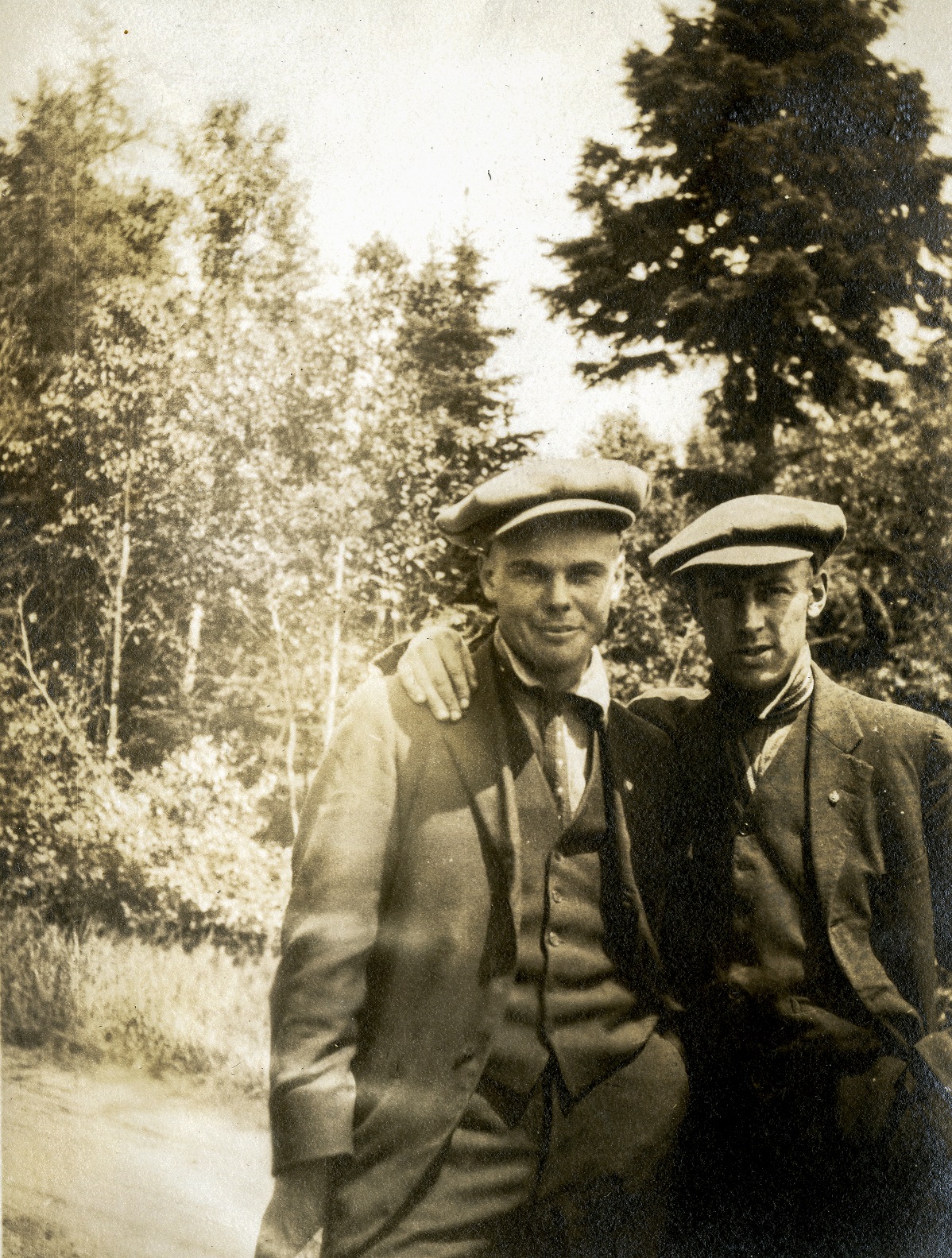
Credit: Provincial Archives of New Brunswick
Even with the remaining records of Len and Cub’s lives, loose ends and ambiguities abound. As time passes, anecdotes fade, records crumble and living contacts pass away, a certain amount of reading between the lines of history is necessary. Still, it is remarkable that these photos exist at all. To end up housed at the Provincial Archives, they first had to have been taken by Len, sent for developing and preserved by Len throughout his life, then held on to by his sister Lucy, acquired by John Corey at the Keith family estate sale and finally donated to the archives. During this time, photos have no doubt been lost or destroyed, as Len, Lucy or even John may have been concerned with the legal or social repercussions of owning records that depicted a same-sex relationship too transparently. As far as we know, there are no love letters between Len and Cub and no photos of them being more intimate than those in this book.
As we explore what Len and Cub’s relationship might have been, it is important to remember that the remaining records are a product of their time, when a homophobic undercurrent prevented same-sex couples from living and loving openly. Queer records from the early 1900s are rare, and as such, scholarship on queer rural Canadian experiences from this period is scanty. It is clear Len was smitten with Cub, and vice versa. John Corey, who donated Len’s collection to the Provincial Archives of New Brunswick, grew up in Havelock hearing about Len and Cub. He understood the significance of these records, making a point of remarking to the archivist during the donation process that the pair were “boyfriends” and that Len was driven out of town for being a homosexual. Many of the photos support this narrative and show the means by which their relationship was allowed to blossom in that time and place and the lengths they would have gone to conceal the true nature of their affection.
During Len and Cub’s formative years, the terms homosexual and heterosexual were not part of the vernacular of the villagers of Havelock. Such definitions of sexual orientation were largely reserved for use by early sexologists working to develop new models of decoding human sexuality. Still, an absence of language or classifications to define oneself did not mean that same-sex love was accepted. “Unnatural” sex (i.e., non-procreative sex) was stigmatized by religion, queer sex was prohibited by law, and to live and love openly was virtually impossible for same-sex couples. So how might the boys have understood and interpreted their same-sex attraction? Would they have been bothered at all by any notions of stigma around queer sex and love?
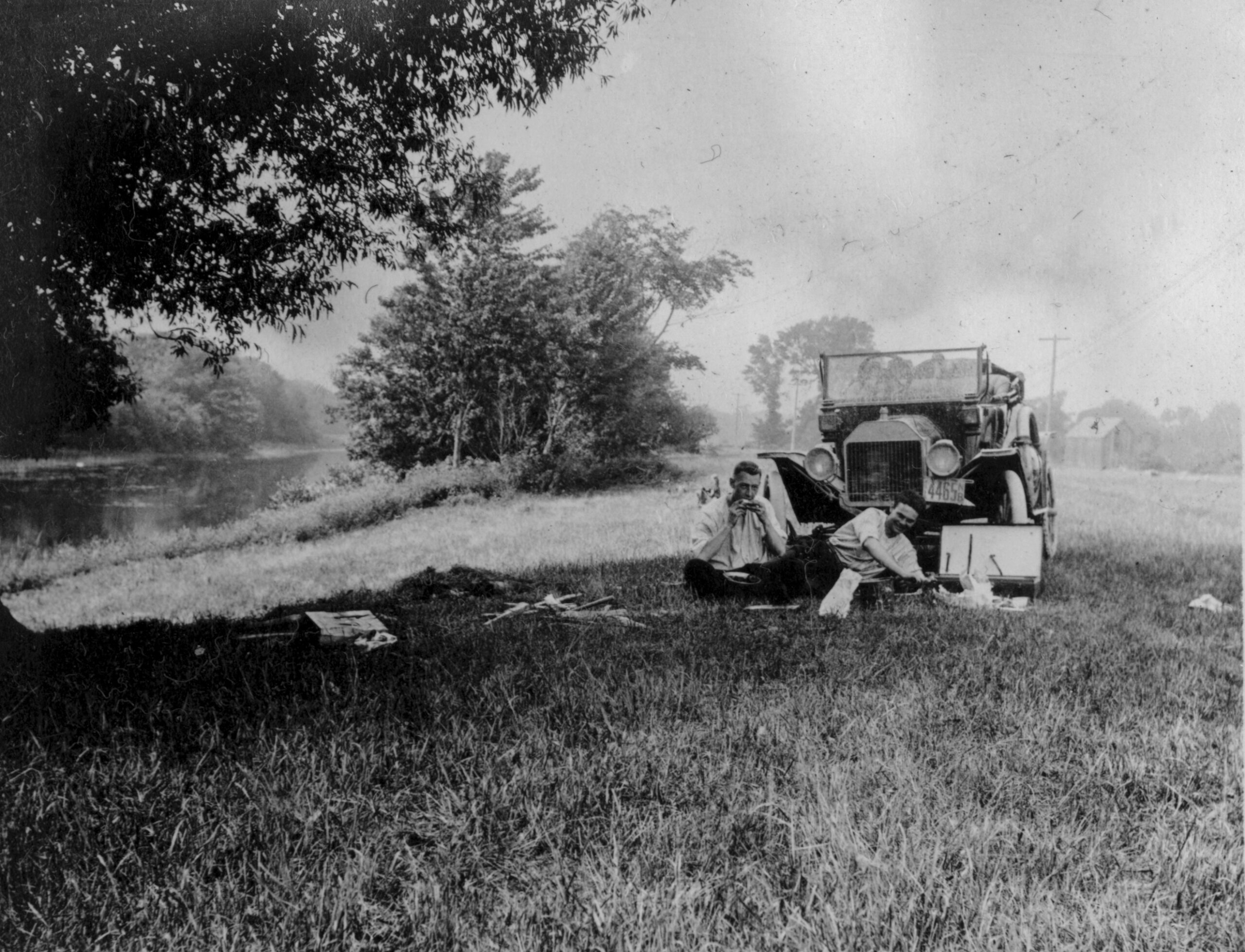
Credit: Provincial Archives of New Brunswick
While the queer subculture of New York’s nightlife would have no impact on the lives of two young rural New Brunswick men, a lack of queer visibility or alternative representations of gender and sexuality in Havelock allowed Len and Cub to fly under the radar, or pass as straight. The fact that Len and Cub were young men who worked and dressed in conformity with their masculine gender status would have been enough to avoid public suspicion from their fellow villagers for some time. Yet this view of same-sex attraction may have contributed to Len being driven out of town, though not Cub. Len was older than Cub, a seemingly confirmed bachelor who never dated or spent much time with women; he may have been perceived as truly queer in the derogatory sense, an oddball, someone suspect, who just didn’t fit in and was therefore worthy of being ostracized.
This gender-centric understanding of sex and sex-object attraction is important to keep in mind as we explore Len and Cub’s relationship between 1916 and 1930, as it exposes some of the social and sexual undercurrents operating during their youth. The vast majority of scholarship around same-sex desire during this era draws on urban rather than rural experiences like Len and Cub’s. However, as Emily Skidmore writes in True Sex: The Lives of Trans Men at the Turn of the 20th Century, queer historians have been working since the early 2000s to counter this urban-centric view of queer experience by exploring traces of same-sex relationships in rural areas. It should be noted that queer people who act on their desires, no matter where they live, test invisible yet very real and pronounced social boundaries of sex and gender in order to pursue their affections. By the early 1930s, North American society had become increasingly concerned with policing the boundaries of gender and sexuality as a direct response to the perceived decadence and debauchery of the Roaring Twenties. By mid-century this policing had led to an extremely rigid divide between heterosexuals and homosexuals, firmly entrenching heterosexual men as the pious, patriotic, masculine standard and homosexual men as their immoral, feminine, perverse opposite.
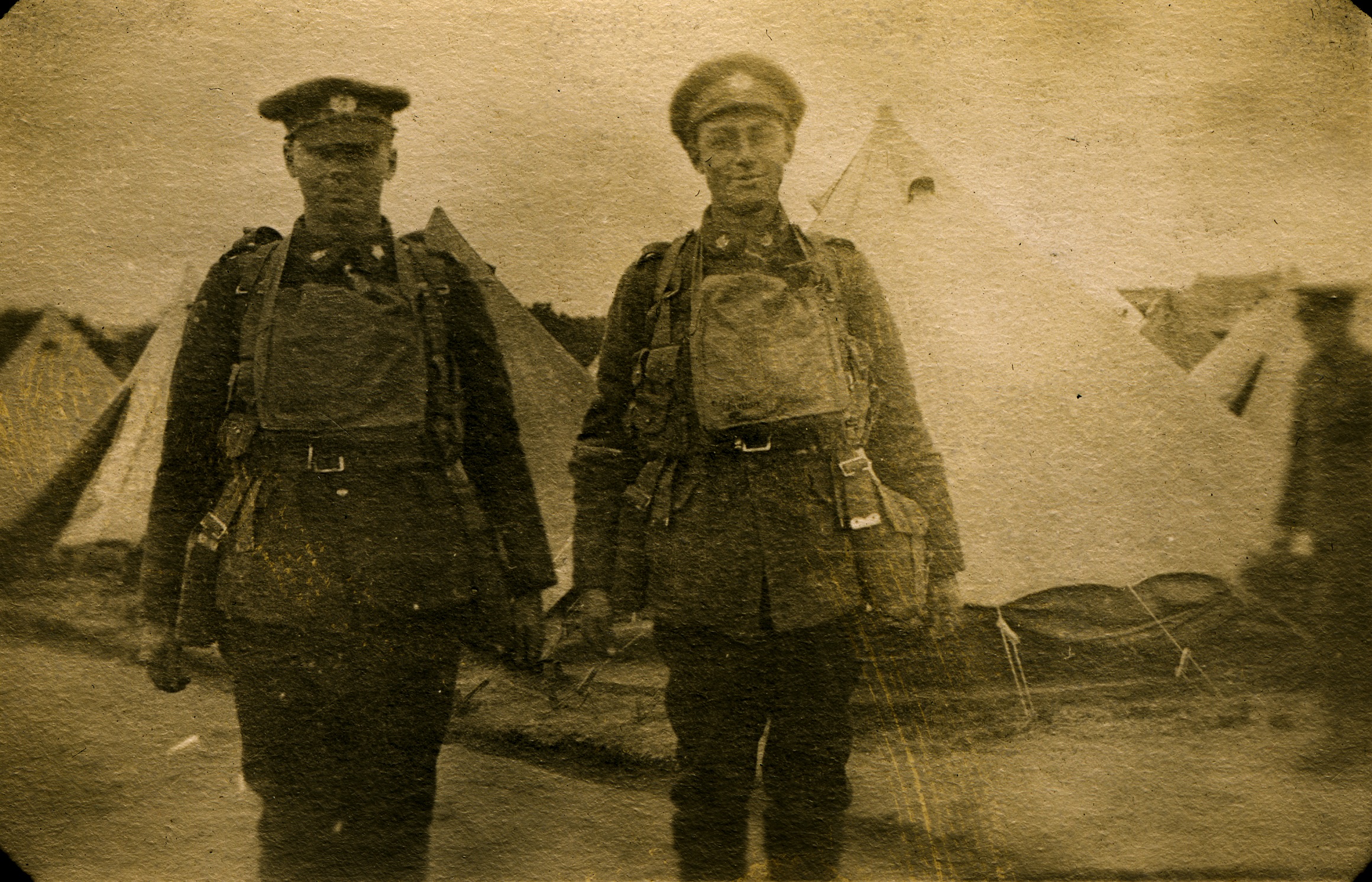
Credit: Provincial Archives of New Brunswick
With this in mind, it makes sense that Len would be outed in the 1930s as the stigma around queer people was on an upswing, and society’s moral policing of gender roles more actively sought to suppress deviation from the norm. Ironically, the fact that men and women operated in distinctly segregated social spheres inadvertently provided space for same-sex romantic friendships to develop without intense scrutiny as to why two men or women might be spending so much time together. Queer historians tackling this early period, such as George Chauncey, John D’Emilio and Colin Spencer, provide ample evidence that the half-century before the Second World War is filled with examples of men having sex with men without reflecting on how their sex lives might shape their “identity” or “state of being.” Be it German military recruits in 1910 who weren’t concerned with “talk of homosexuality, they just did it,” discreet middle-class gay New Yorkers posing as “normal” men or queer boys from the American South who “did not sit around and have intellectual conversations about being gay… [y]ou just did it, and didn’t do too much speculating.”
Len and Cub lived in a complex era, but in some ways their love may have been less complicated than our preliminary stage-setting suggests. It is possible that Len and Cub’s relationship developed without much worry over the personal implications of their same-sex desire for their sense of identity. Where you did it mattered, and who knew about it, but the boys no doubt took precautions to hide the true nature of their affections. Yet, same-sex desire was in no way endorsed, and so their romantic entanglement could never have been acknowledged publicly.
Excerpts were originally published in Len & Cub: A Queer History © 2022 by Meredith J. Batt and Dusty Green. Reprinted by permission of Goose Lane Editions.
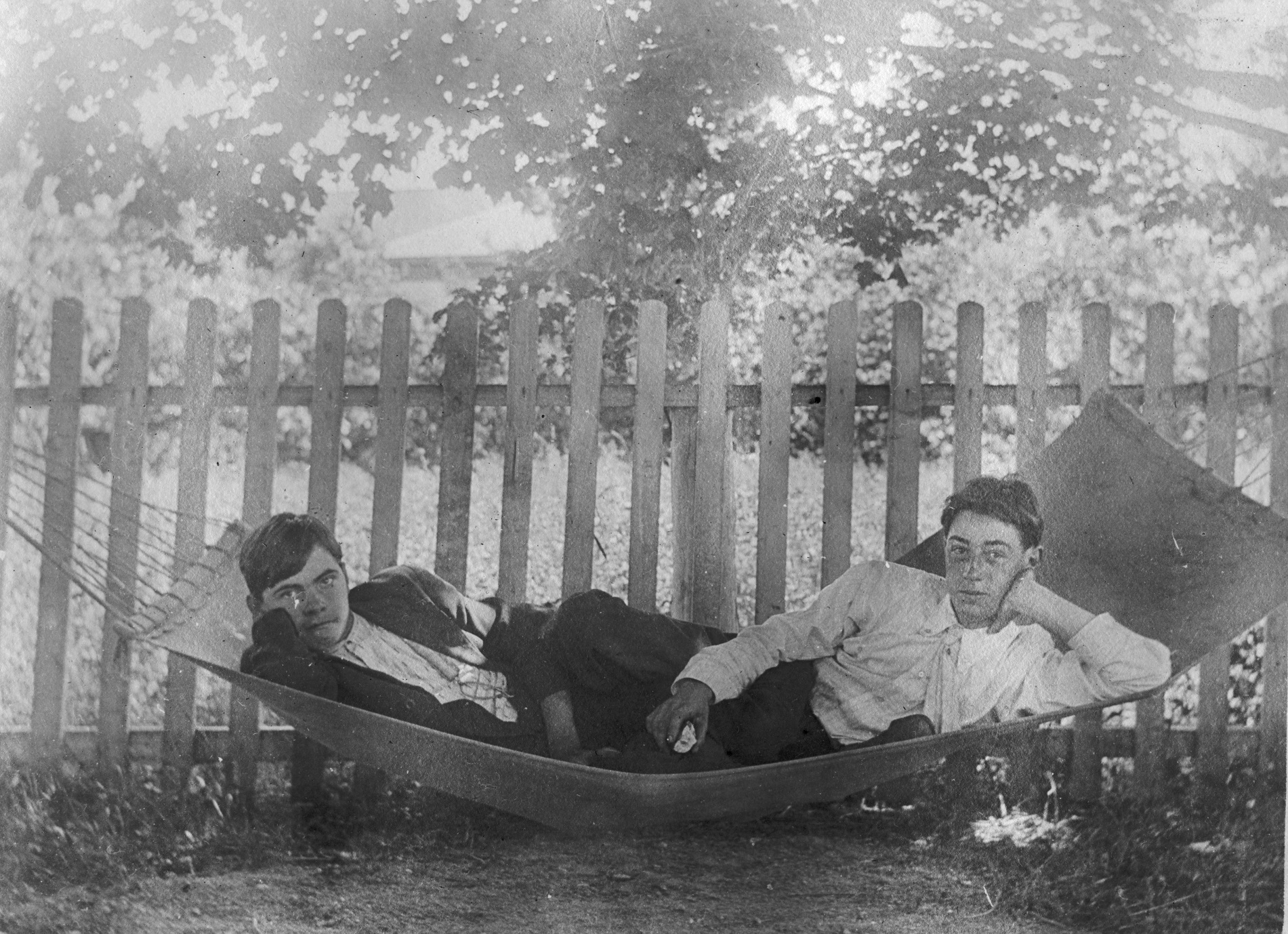
 Why you can trust Xtra
Why you can trust Xtra


